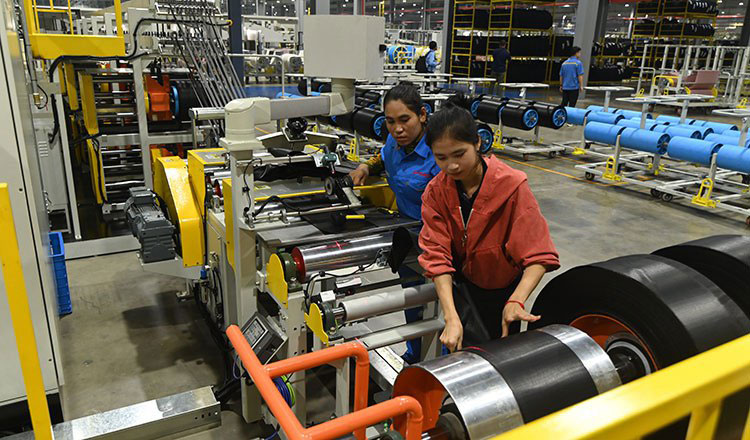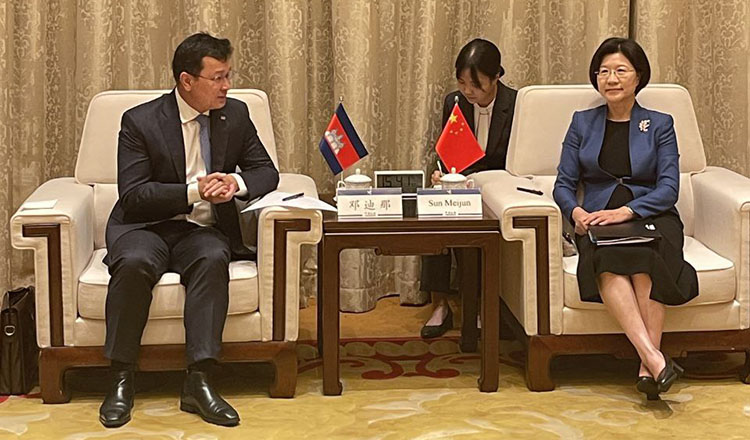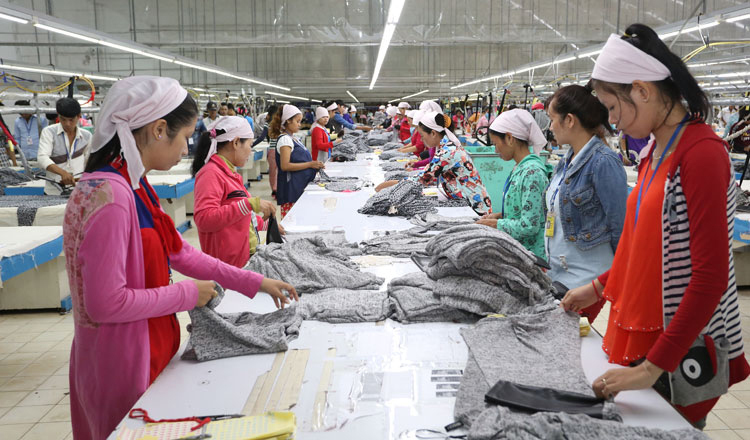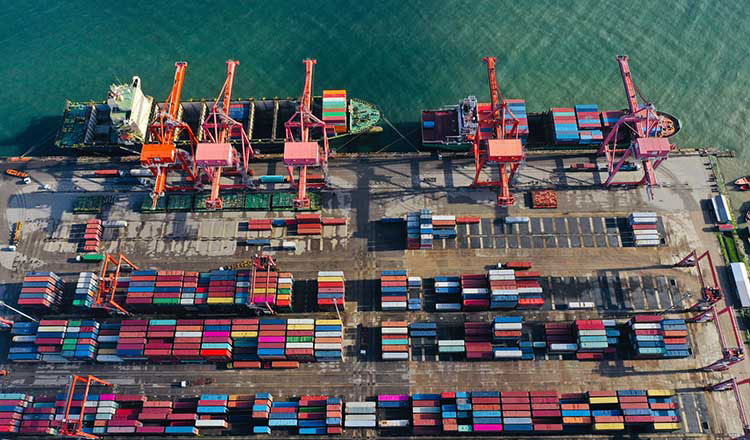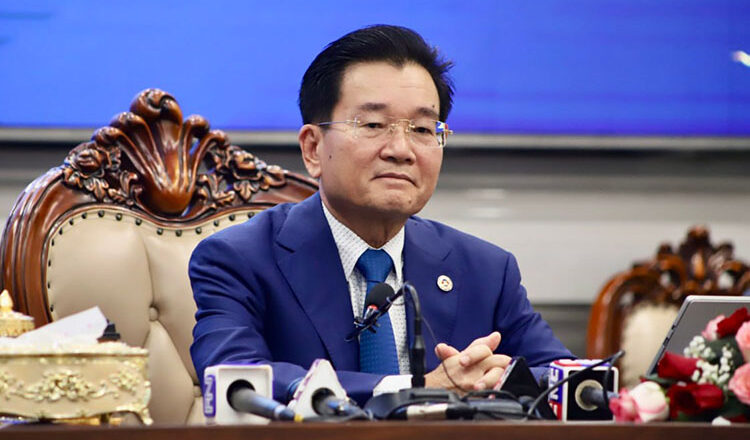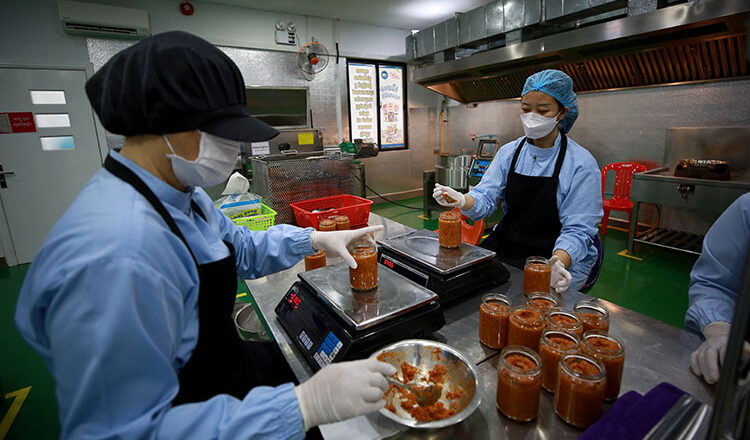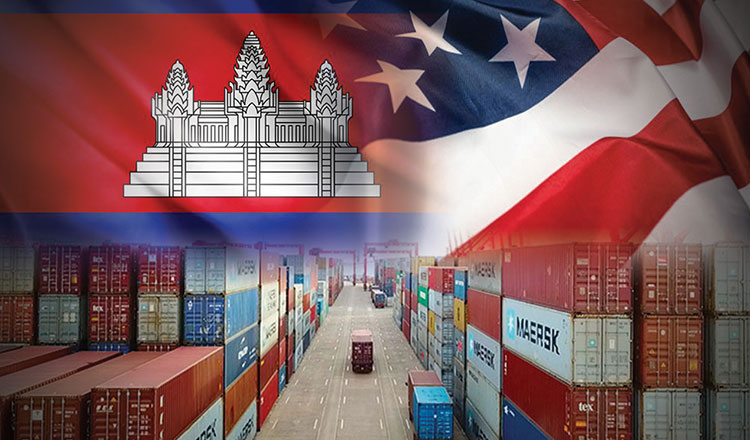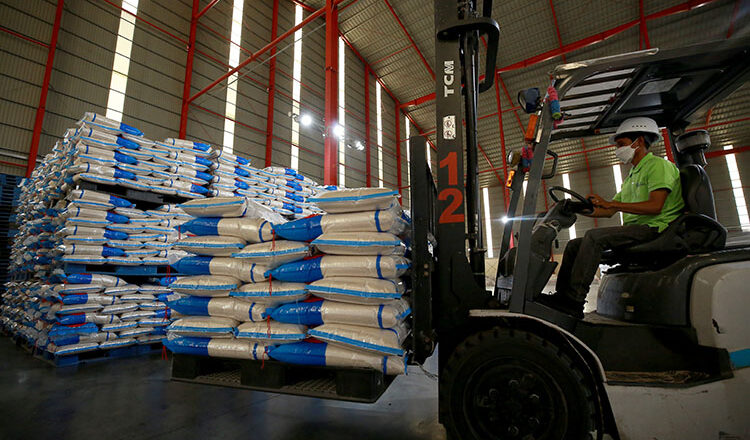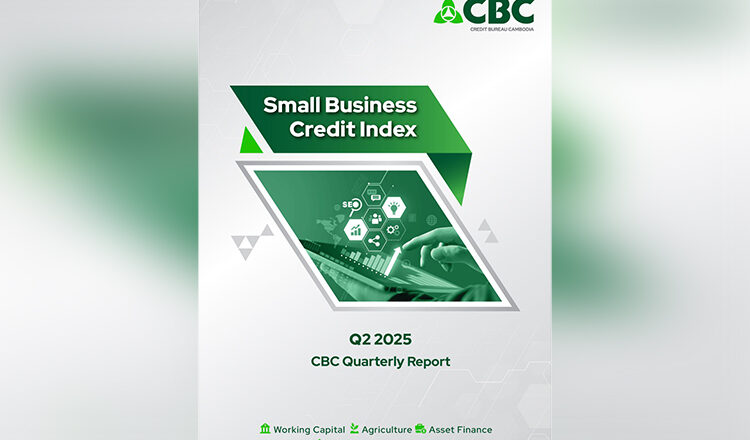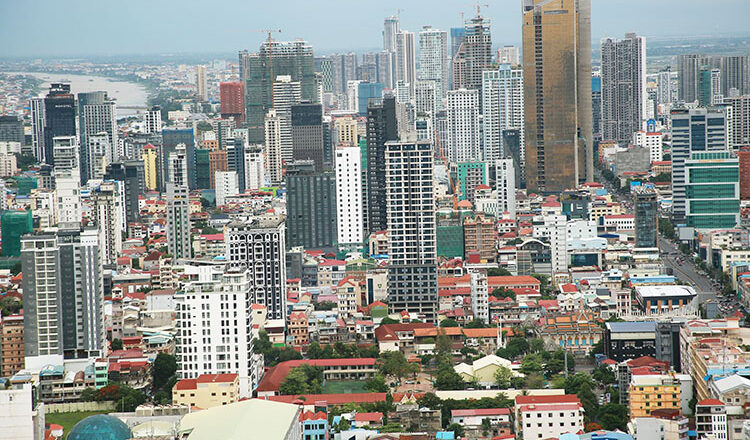Cambodia’s trade volume with major partners exceeds $36B
Cambodia’s trade volume with major partners exceeds $36B
The growth reflects Cambodia’s expanding trade relationships and strengthening economic partnerships with major global markets, driven by increased exports, diversified products, and greater integration into regional and international supply chains.
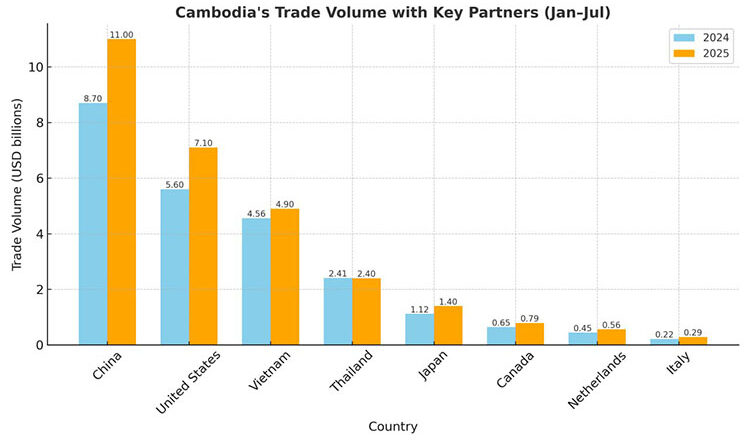
Cambodia’s total trade volume exceeded $36.3 billion in the first seven months this year, driven by strong growth of 22 to 32 percent in trade with major partners, including the United States, China, the Netherlands, Japan, Canada, and Italy.
According to the Trade Balance Statistics released yesterday by the General Department of Customs and Excise (GDCE), Cambodia’s total trade volume exceeded $36.3 billion from January to July this year, marking a 16.5 percent increase compared to last year.
The growth reflects Cambodia’s expanding trade relationships and strengthening economic partnerships with major global markets, driven by increased exports, diversified products, and greater integration into regional and international supply chains, boosting the country’s overall economic development.
The report showed that China topped the list with bilateral trade reaching $11 billion, a 26.1 percent increase from $8.7 billion last year. This significant rise underscores the robust growth of Cambodia-China economic relations and the deepening integration of Cambodian exports into regional supply chains.
The United States ranked second with bilateral trade of $7.1 billion, up 25.8 percent from $5.6 billion last year, demonstrating expanding commercial exchanges and increased demand for Cambodian goods in the US market.
Vietnam followed closely with $4.9 billion in trade volume, marking a steady 7.5 percent increase despite ongoing regional challenges and shifting economic dynamics in Southeast Asia.
Despite border tensions since May 28 to date, Thailand has remained Cambodia’s fourth-largest trading partner with $2.4 billion, showing a slight 0.6 percent decline from $2.41 billion last year, indicating a resilient but cautious bilateral commerce between the two kingdoms amid geopolitical uncertainties.
Japan ranked fifth with $1.4 billion in bilateral trade, a 24.9 percent increase from $1.1 billion last year, reflecting strengthening economic cooperation and growing opportunities for Japanese investments in the industrial sector.
Canada also posted strong growth, with trade reaching $791 million, up 22.4 percent from $646 million last year, highlighting expanding market access for Cambodian exporters in North America.
While ranked twelfth, the Netherlands recorded impressive growth, with trade increasing from $445 million to $565 million, a 26.9 percent rise.
Meanwhile, Italy saw the highest percentage increase on the list at 32.6 percent, surging from $219 million to $291 million despite its 18th-place ranking, indicating emerging opportunities in niche markets.
Speaking to the Khmer Times, Seun Sam, a policy analyst at the Royal Academy of Cambodia (RAC), emphasised the impact of strategic policies under Prime Minister Hun Manet, which aim to strengthen trade relations with emerging markets and attract foreign direct investment (FDI).
“Although Cambodia remains a developing country, its membership in ASEAN and the United Nations positions it as an attractive partner for major economies in Europe and beyond, keen to expand bilateral trade,” Sam explained.
He highlighted that Cambodia’s ongoing peace and economic stability have built strong confidence among investors and consumers alike, encouraging increased investment and boosting demand, which has been key to the country’s rising trade volumes.
“This stability has enabled businesses to scale up production and meet growing international demand, which has contributed significantly to the surge in trade volumes, especially with China,” he added.
Sam noted that these positive developments reflect the success of Cambodia’s efforts to integrate into global value chains, improve its investment climate, and diversify its trading partners, laying a solid foundation for long-term economic growth.
He believed that continued government support for infrastructure development and trade facilitation would further enhance Cambodia’s competitiveness in the global market, attracting more foreign investment and boosting export capacity across key sectors such as garments, agriculture, and manufacturing.
- 08:07 12/08/2025


